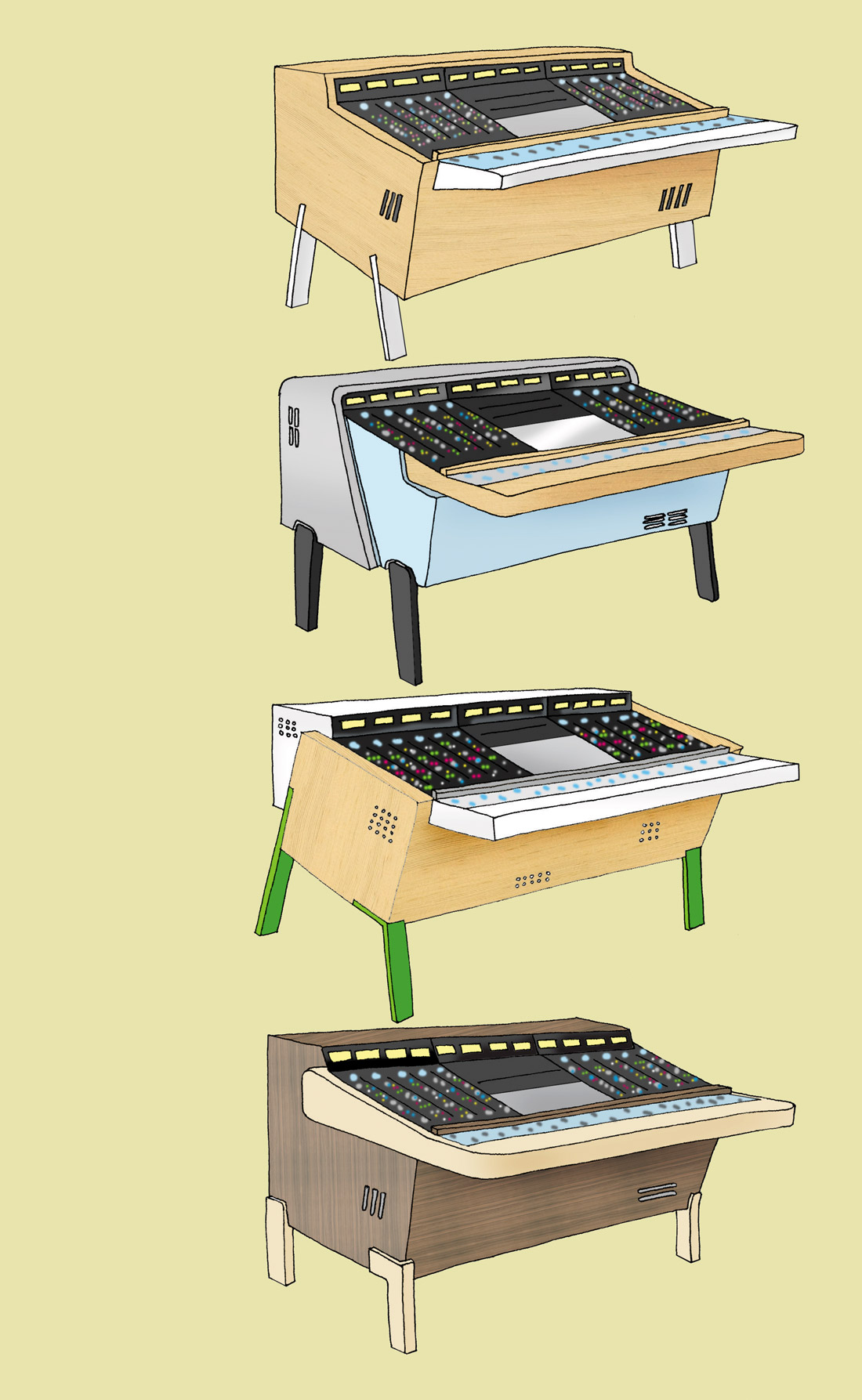With a broad line designed for both home audio and professional use, German designer Ultrasone knows headphones. The PRO 900 headphones advance many features included in 2007's HFI2200 model, a $300 entry at the top of the company's more consumer-friendly line. They also borrow features from Ultrasone's boutique Edition9 headphones, a $1500 headset for audiophile land-barons who prefer earcups fashioned from Ethiopian hair sheep leather.
Daniel Lanois' Belladonna CD has been the favorite reference at the Happy Club mixing desk, so that was my guinea pig for these headphones. Lanois' mix is well balanced, with muted tones coming from drums played with mallets, lap steel, etc. PRO 900's frequency response tops at 42 kHz and plunges to 6 Hz; the dubby fingerstyle bass during "Frozen" was full-bodied and present without sounding hyped, and the kick had a warm, satisfying thump.
These dark sounds contrast with understated sparkle from cymbals. The brightest tones come from shifting air and reverb. The PRO 900's 40 mm, titanium-plated drivers offer clear detail that can otherwise blend into the soundstage during speaker playback. Brushed snare swipes, the damper pedal on an old piano, and stereo decay on a Chinese pan were revealed during "Oaxaca". I noticed new details during "Agave" - clattering, shipwreck rattles in the corners of the mix, barely-touched guitar rolls, and lip-smacks and breath from the Mariachi-styled trumpeters in the foreground.
My everyday reference headphones have been Sony MDRV900s. The PRO 900s certainly outperform them, which seems reasonable since they cost four times more. The difference goes beyond clarity, though. Not only does comparison make the Sonys sound like there's a shipping blanket between the music and my ears, but their stereo field seems reduced by about forty degrees per side. Items dispersed through different pan positions seem to stick close within the earcup. The same mix within the PRO 900s exists within a broader, more natural headspace. Ultrasone calls this their S-Logic Natural Surround Sound.
My favorite feature of the PRO 900 phones is the decentralized driver positioning, which underpins the S-Logic Plus feature (S-Logic is an Ultrasone standard, but the Plus upgrade is taken from the Edition series). The drivers are offset from the earcup center, directing the sound toward the outer ear as if it were originating in front of you. Using your ear's shape to more naturally reflect sound before it reaches your eardrum helps with perception of depth and space. Though I'll always like my Ultimate Ears in-ear monitors for their isolation and listenability at low volume, I doubt I'll want to listen to my Sonys again if the PRO 900s are handy.
Other features include swappable cables (straight vs. coiled) with Neutrik connectors, spare earpads, and a nice case. Mu-metal shielding is used to reduce magnetic field radiation.
Ultrasone also claims that the driver design helps to reduce sound pressure levels at the eardrum by 40 percent, or around 3-4 dB for the same perceived loudness compared to other headphones. Although I perceive a reduction in level when swapping from standard headphones to the PRO 900, these phones are less fatiguing to the ear over extended listening sessions or at elevated volume. Careful, there. Like the emo kids say, "If it's too loud, turn it down."
Although the PRO 900's earcups seal comfortably all the way around the ear, the velvet earpads don't isolate as well as the Sonys or even the old workhorse AKG K 110 M headphones. They're fully closed-back, so it's not like sound is pumping into open air, but I wouldn't give the PRO 900s to an acoustic guitar player or drummer if the band was using a click. I swapped headphones among musicians while working with a gloriously sloppy rock band from Ann Arbor called Mumble, and many of the qualities that make the PRO 900 so nice for mix reference or general listening seem to make them less ideal for tracking. For that, we'll stick with the suitably obnoxious K 110 M. (MSRP $599; www.ultrasone.com)




_disp_horizontal_bw.jpg)